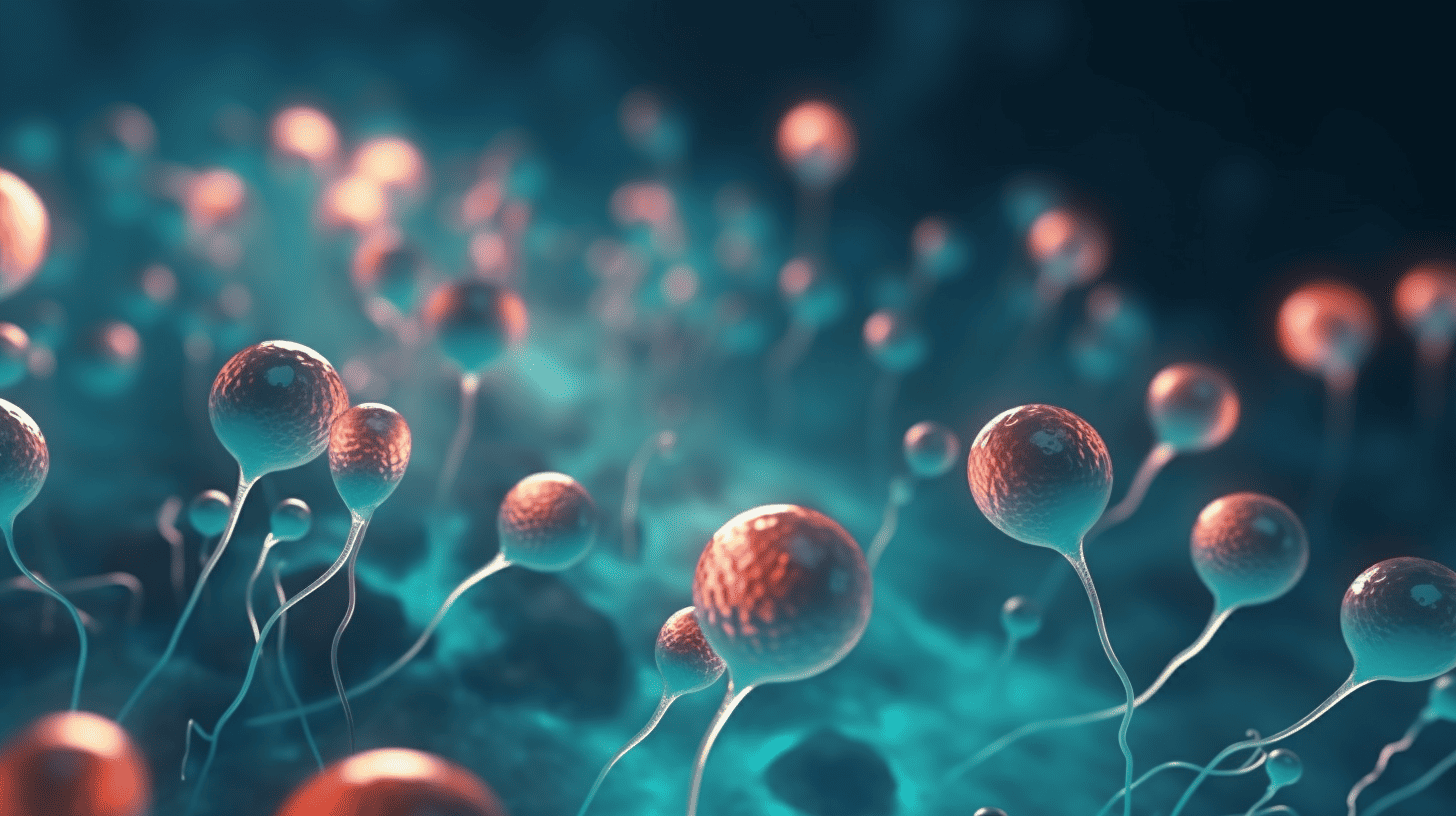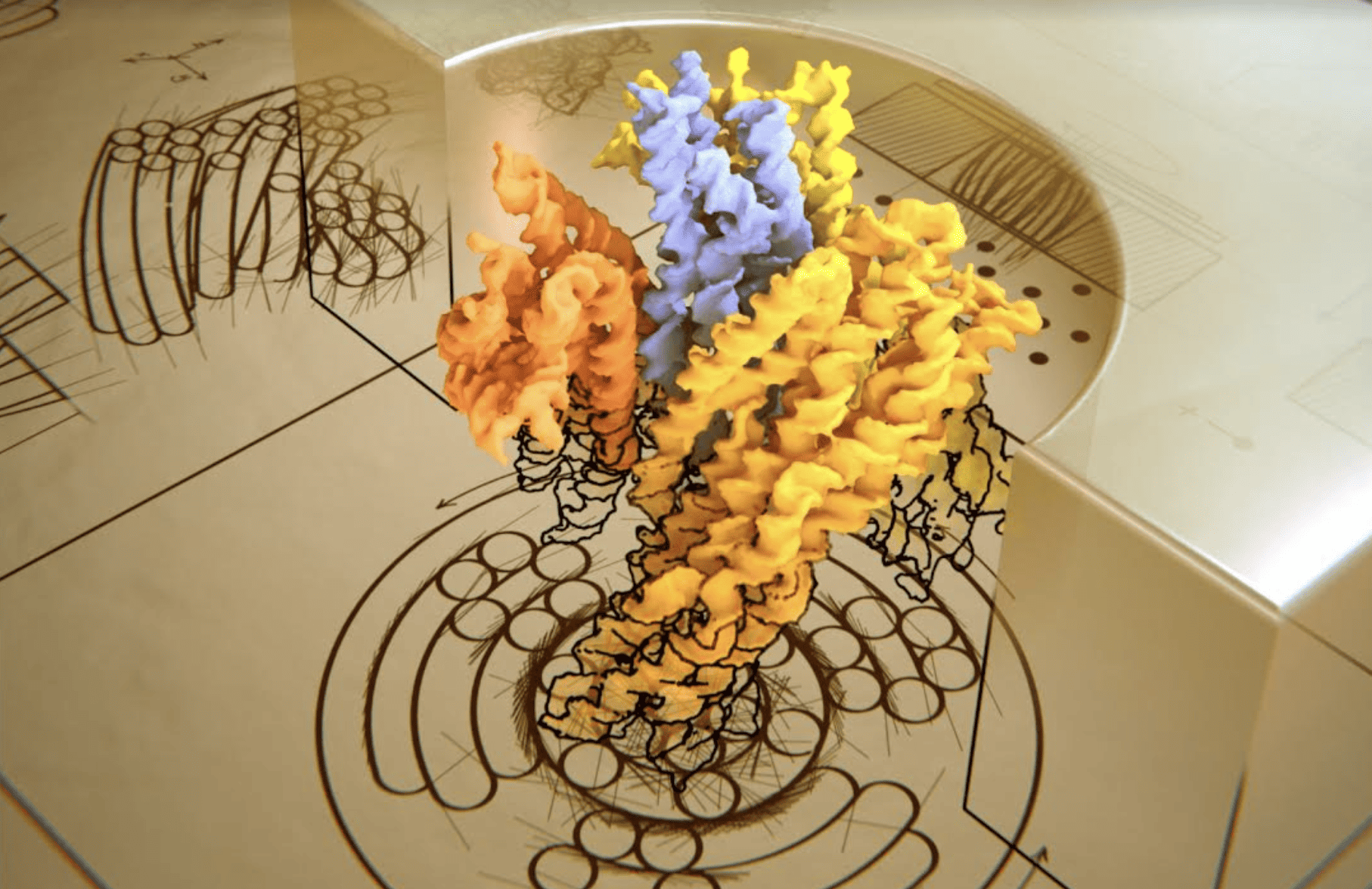
Scientists at Wageningen University developed software that accurately tracks the movements of particles within bacterial cells. Thanks to this technology, DNA proteins can be better monitored, and their functions can be studied, writes the university in a press release.
The software – called TARDIS and developed with other international partners – opens up new possibilities in biological research, such as the development of antibiotics.
“Some antibiotics work by blocking specific molecular machines in the cell,” says Koen Martens, first author of the publication. The software allows the simultaneous study of the behavior of multiple machines, providing quicker insights into the effectiveness of an antibiotic.
Why you need to know this
Bacteria cell activity remains a mystery; TARDIS wants to shed light on it.
Visualizing more particles
Visualizing particles in a cell using biological techniques has been possible for some time, for example, by attaching them to a kind of fluorescent particle. “But with that technique, you can only track one particle at a time,” says Martens. Biomolecules move rapidly, faster than cameras can capture, resulting in a glitchy film with jumping frames. Following a single particle is manageable, as you can fill in the missing movements. “However, if two or more identical looking particles glitch, it is often impossible to determine which particle on the first frame corresponds to which on the next frame.”
This is where TARDIS’ computational power comes into play. The software utilizes probability calculations to compute all possible paths of the particles, taking into account biological dynamics and physical forces – amongst others. It determines which particles on each frame correspond to those on subsequent frames. According to the researchers, this calculation is remarkably accurate. They tested the software on well-known movement patterns, such as diffusion, under more complex conditions than was previously possible. “Our program calculated the correct movement,” says Martens. The computer does not require much information, solely the coordinates of the particles at different time points, as measured with a microscope.
Global movement patterns within cells can be measured clearly for the first time. However, Johannes Hohlbein, Associate Professor of Biophysics, points out a limitation: “The new software does not allow live monitoring of an individual particle, but we can now achieve higher throughput in processing data,” he explains. Think of it like an overhead view of a flock of sheep: the computer predicts how the flock moves but doesn’t track the path of each sheep.

DNA Repair
The idea for the software originated in 2020 during Martens’ doctoral research at WUR. “His dissertation was already so lengthy that there was no room for this study,” says Hohlbein. Therefore, Martens and Hohlbein further developed the idea later on, together with colleagues at Carnegie Mellon University and the University of Bonn, where Martens currently works. In his ongoing research, Martens has already applied his software to study DNA repair in single-celled organisms. “I don’t have a biological interpretation yet, but with my software, I can now – for the first time – follow the cell’s repair kit minute by minute.”







